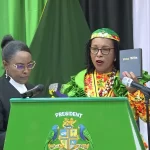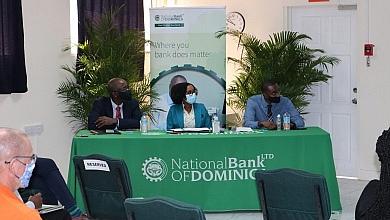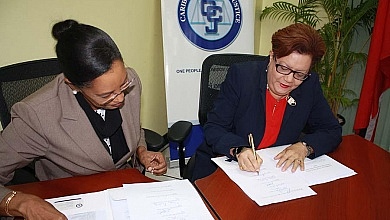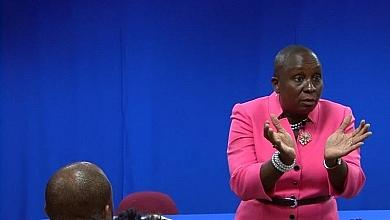Eastern Caribbean Central Bank will soon issue new EC polymer banknotes
The Eastern Caribbean Central Bank (ECCB) will issue its new family of EC polymer banknotes commencing this June with the $50, followed by the $100, $20 and $10 in August/September and the $5 in August/September 2020.
This is a notable feat as the ECCB will be the first central bank in the Caribbean to issue an entire family of polymer banknotes.
Paper and polymer banknotes will be in circulation at the same time. That is, in conducting your business you may receive both polymer and paper banknotes.
About Polymer Banknotes
Polymer banknotes are made from a thin, transparent and flexible plastic film made from a versatile and complex material.
Why the transition from paper to polymer?
The Eastern Caribbean Central Bank decided to change the material on which the EC banknotes are printed from paper to polymer because polymer banknotes are:
CLEANER: Polymer banknotes are cleaner and more hygienic than paper notes because they are resistant to dirt, moisture, water and other liquids.
SAFER: Polymer banknotes can incorporate advanced security features which make them more difficult to counterfeit.
STRONGER: Polymer is stronger and more
durable than paper. Therefore,
polymer banknotes last at least three times longer than paper notes. This also makes them more environmentally friendly.
Features of the EC Polymer Notes
- Portrait Orientation – The notes are designed with a portrait orientation. The current banknotes are landscape oriented.
- Upgraded Images and Landmarks – The images and landmarks at the back of the banknotes remain the same but have been enhanced.
- Holographic Foil Strip – This anti-counterfeiting feature has been added to the $100, $50 and $20. When you tilt the notes, the images and colours in this section of the notes will change.
- New Image on $50 – The $50 now depicts an image of the former Governor of the ECCB, the late Sir K Dwight Venner, in honour of his legacy and service to the Bank.
- New Signature – The banknotes bear the signature of the current Governor, Timothy N. J. Antoine.
- Unique Tactile Feature – The front of each note has raised bumps at the top left-hand corner, specifically designed to assist blind and visually impaired individuals with identifying the denomination of each note. The raised bumps form familiar shapes.
This article is copyright © 2019 DOM767








